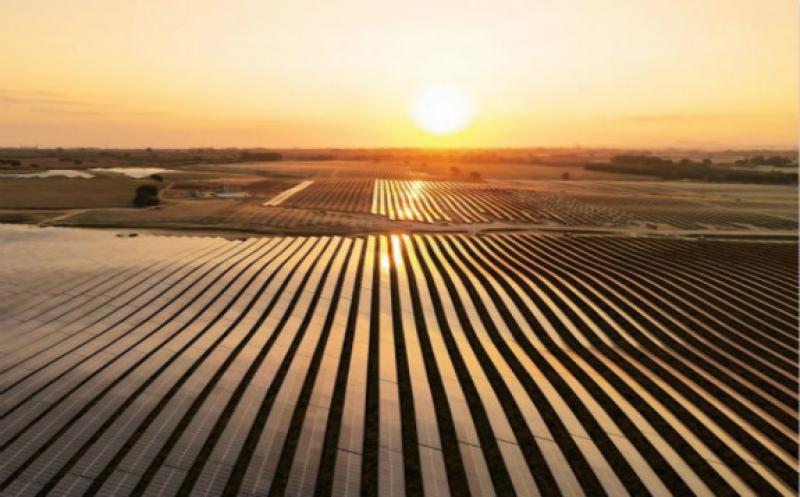The crash of power prices seen as Europe locks down over the COVID-19 crisis could dampen investor enthusiasm for subsidy-free solar, a SolarPower Europe webinar heard this week.

Speakers at an online discussion arranged by the European trade body on Thursday were largely confident the industry will bounce back from the pandemic, helped along by the pull of solar growth targets countries are setting to comply with EU law.
Some, however, pointed at potential impacts on the business case of subsidy-free solar, a segment widely expected to boom before the COVID-19 crisis hit. Alessio Cipullo, head of European Affairs and Studies at Italian association Elettricità Futura, said project finance is a “key concern”.
Noting Italy’s wholesale power prices of €32/MWh in March 2020 – a 18.5% drop from February 2020 and a 39.5% fall from March 2019 – Cipullo said: “There are questions around how merchant investments and grid parity investments will look like with such weak prices.”
José Donoso of Spanish PV body UNEF shared similar worries as he noted Spain’s current average daily power prices of €20/MWh, down from the €40-50/MWh seen in similar dates in 2017, 2018 and 2019. How these prices will be factored in by investors is the main long-term concern, he said. Spains power prices are thought to be the lowest in the EU.
“The banks will be more conservative given the impact of these low prices,” said the general director. “The financial conditions will be worse, and this is the aspect from COVID-19 that can impact most significantly the future of utility-scale plants.”
Subsidy-free hotspot asks for auctions to bounce back
Both in Spain and Italy, the onset of COVID-19 risks putting brakes on the momentum of subsidy-free solar. Both Southern European states – among the world's worst-hit by the pandemic – were targeted last year by investors bullish on the potential of zero-subsidy plants.
Spanish solar enjoyed a particularly bountiful year. As Donoso noted, the country rolled out in 2019 around 4.7GW of new PV capacity – 4.159GW ground-mounted, with self-consumption systems accounting for the remainder – and became Europe’s fastest installer of the year.
According to Donoso, much of last year’s growth was driven by the gigawatts’ worth of PV projects required to hit the commissioning deadlines of Spain’s 2017 auction. This year, with no further auctions planned as of yet, made for uncertain forecast territory even before COVID-19 hit.
UNEF, the general director said, had predicted Spanish solar would add 2-4GW in new capacity in 2020 but now believes the figure will lie closer to the lower end of the range. Subsidy-free hotspot or not, Spain will require auctions again to restart PV growth after lockdowns subside, Donoso said.
“We’re asking the government to organise auctions as soon as possible,” Donoso added, conceding however that prices seen in other European tenders had not been credible. “We need auctions with real prices to give confidence to investors so that we can continue the transition.”
Subsidy-free success will also require to address solar’s “elephant in the room”, according to Donoso. “Our energy market design is outdated, it was designed around variable and marginal costs, which our technology is not based on,” he argued. “We had this important problem before but COVID-19 has made it more visible.”